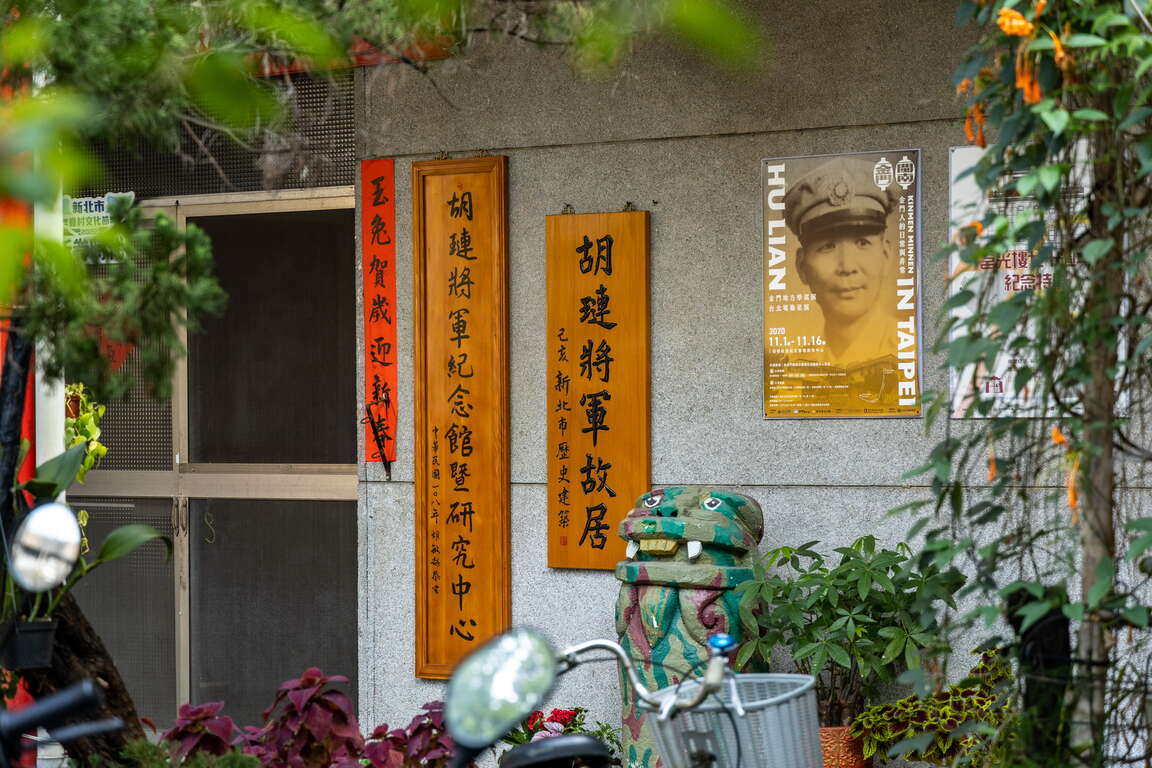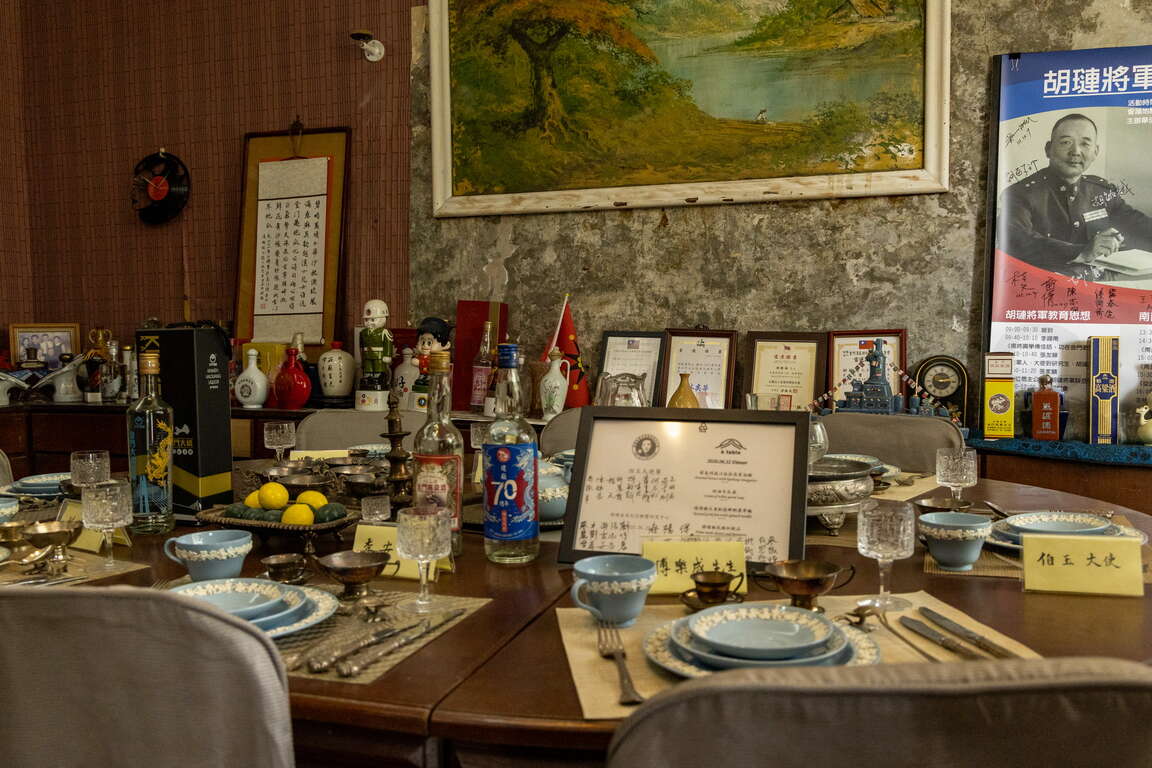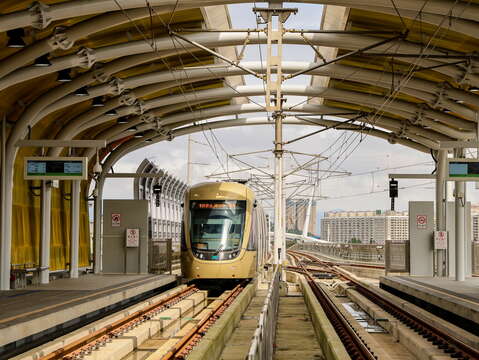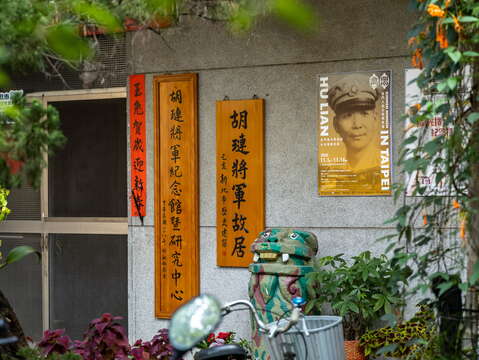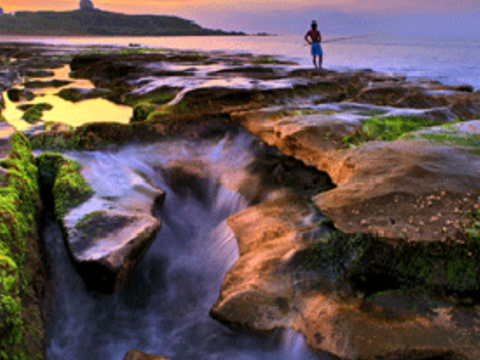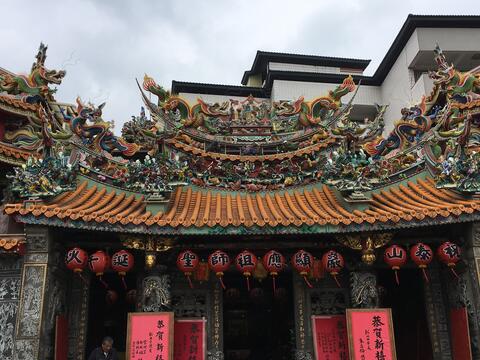Take the Ankeng LRT and Explore the Hidden Gems of the Mountain City
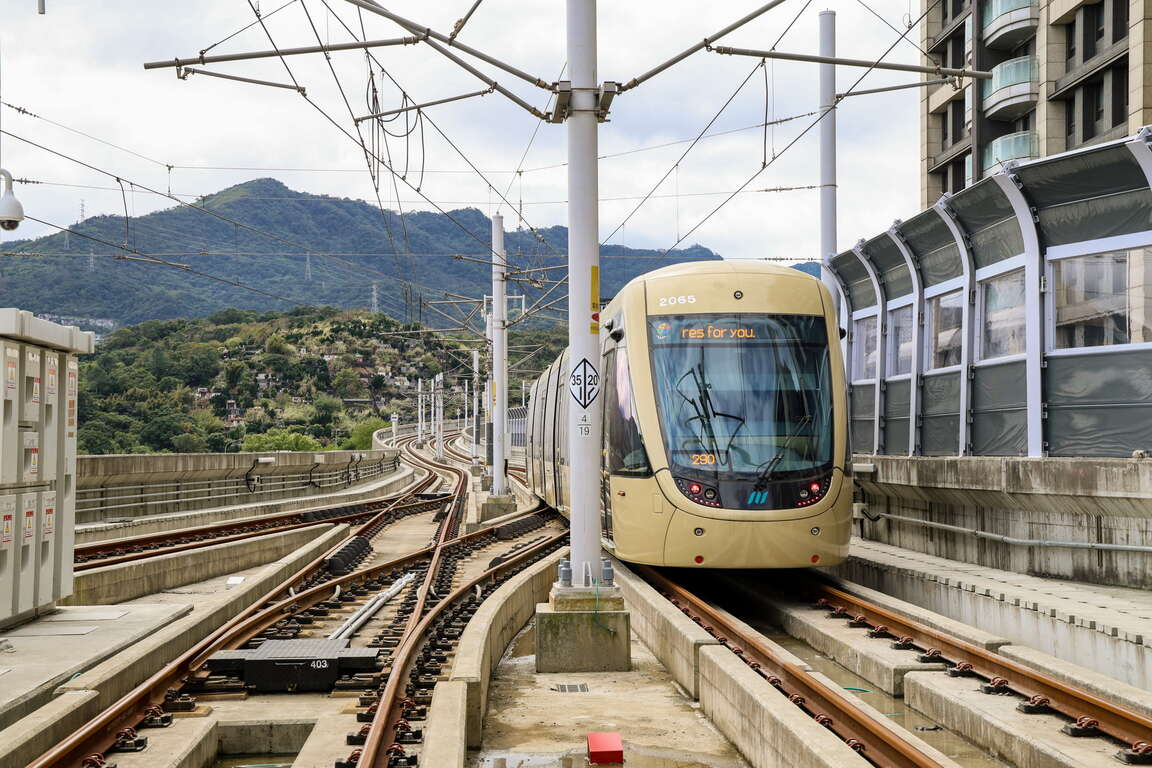
推薦路線
Introduction
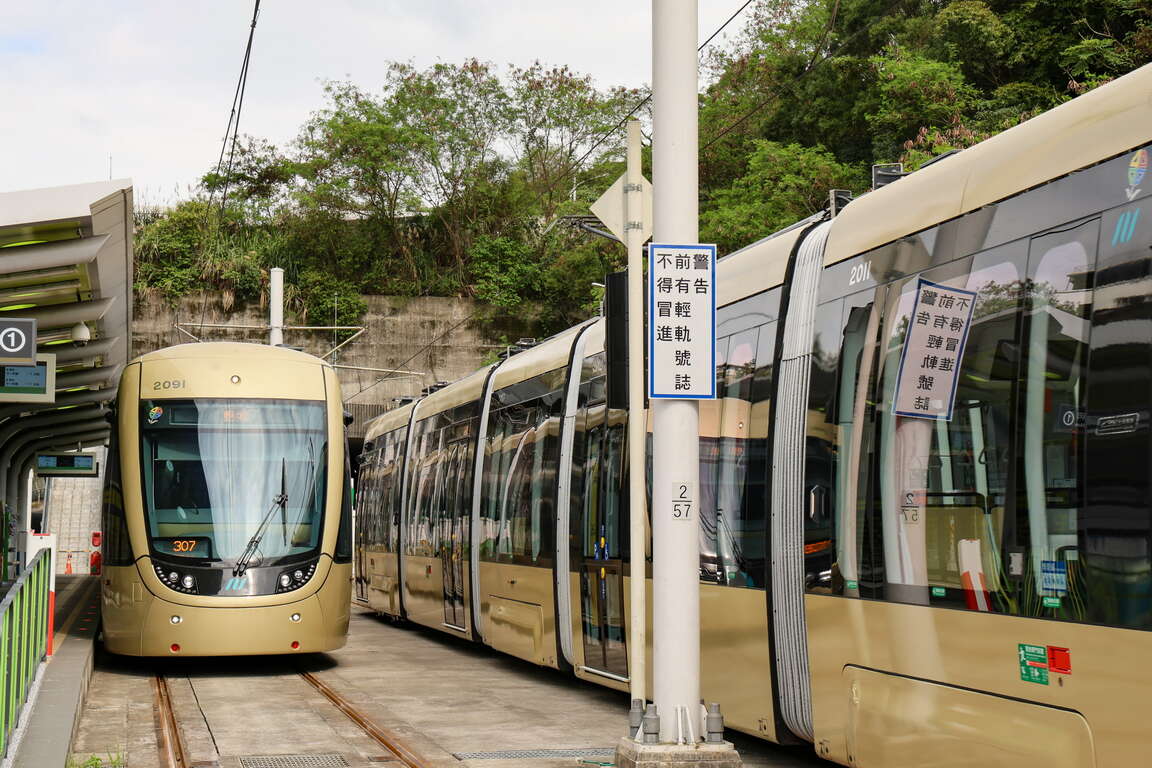
Stations K1 to K9: Public art on the entire line of Ankeng Light Rail
Ankeng Light Rail is the second light rail system in northern Taiwan. During its planning stage, several artists were invited to portray the natural environment and cultural significance of the Ankeng area using various materials and techniques. The installation “The Fireflies’ Way Home” at K9 Shisizhang Station is composed of thousands of micro power generators emitting blue and green lights to simulate the firefly's light, guiding people into the mountainous wilderness where various butterflies gracefully dance along the connecting pathway. It is also equipped with a QR code. By scanning it with your mobile phone, you can learn more about these beautiful creatures.
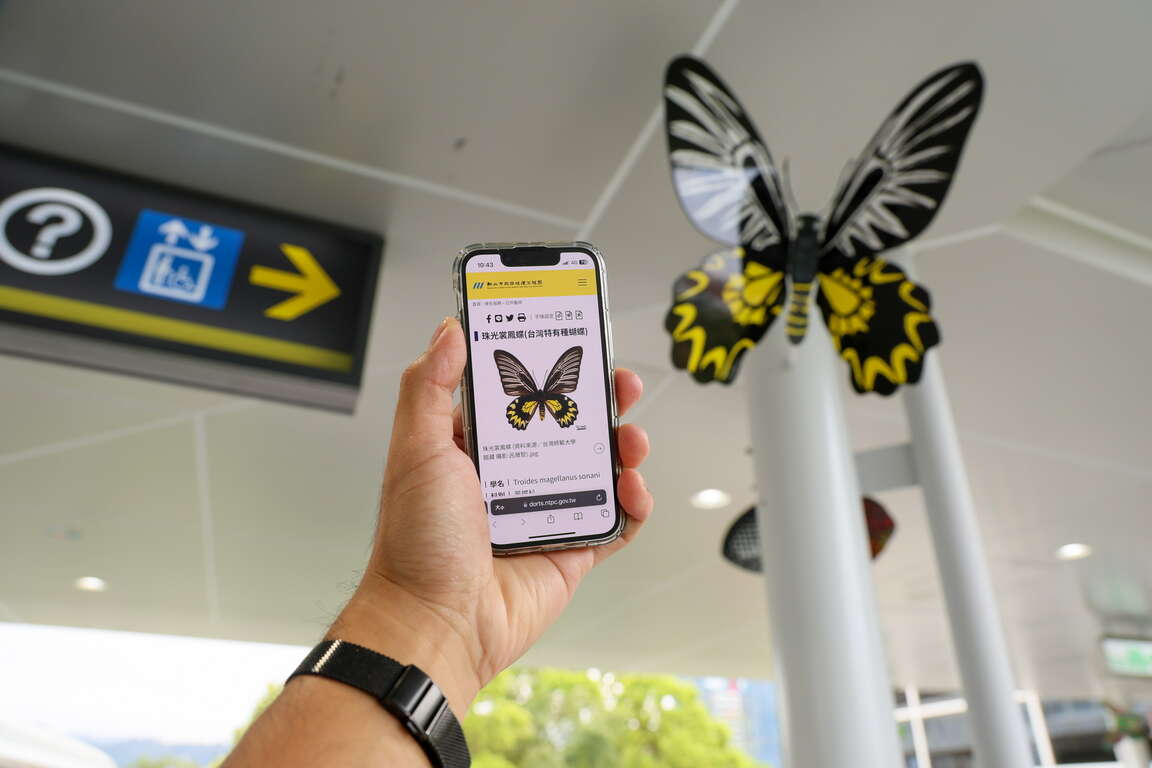
The public art situated in light rail stations has transformed platforms into a rail waiting space full of imagination. For example, the “Stellar Universe Ankeng” at Rose China Town Station; “Manbo Ankeng” and “Floating Ankeng” at Xinhe Elementary School Station; and “Stellar Universe Ankeng” and “Soaring Ankeng” at Shisizhang Station. All of these characters appeared in the picture book created for the Ankeng Light Rail have been transformed into the cutest waiting companions.
Between Shuangcheng Station and Jinwen University of Science and Technology Station, several public artworks, including “Warmth During the Journey - Enchanted Forest”, “Friends During the Journey - Hand in Hand Dancing”, “Peace of Mind During the Journey - Guardian Spirit”, “Charm During the Journey - Sharing Fragrance”, and “A Pause During the Journey - Happy Moments”, have been installed to accompany travelers with fireflies, the family of frogs, Swinhoe’s pheasants and giant katydids (Phyllophorina kotoshoensis) on each of their journeys.
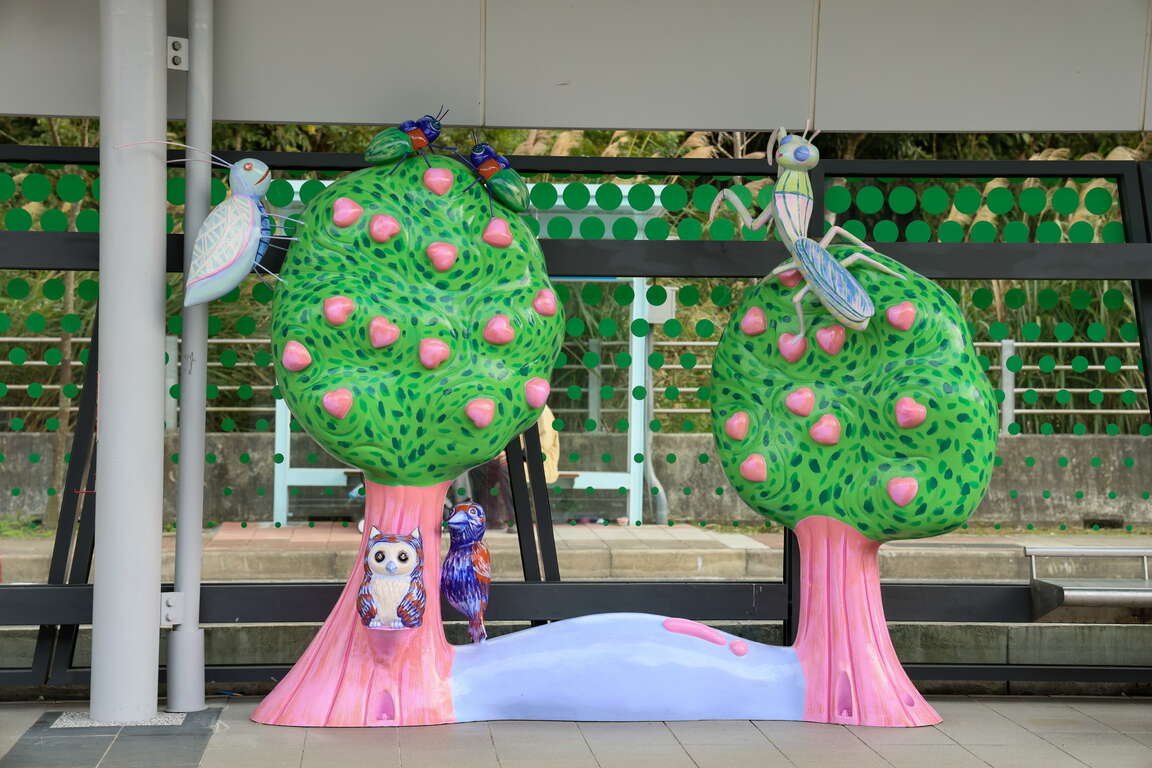
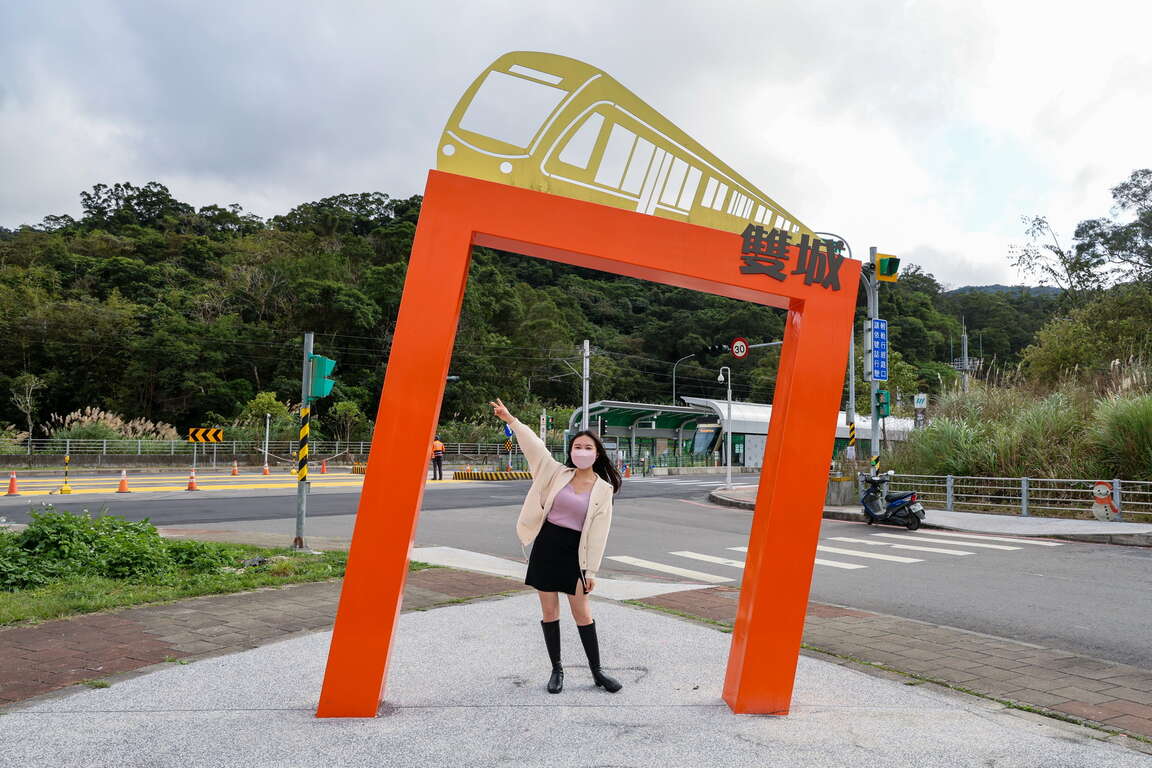
K3 Taipei Xiaocheng Station: Erbazi Botanical Garden
To align with the launch of Ankeng Light Rail, the shuttle buses have also commenced service simultaneously. There are currently five shuttle bus lines that take travelers into the big and small communities and scenic spots in the mountain village of Ankeng. When you arrive at K3 Taipei Xiaocheng Station, you can transfer to Ankeng Line 1 to journey into the mountains. In just 15 minutes, you will reach the Erbazi Botanical Garden, renowned as the “Emerald of Ankeng” to escape the urban hustle and bustle.
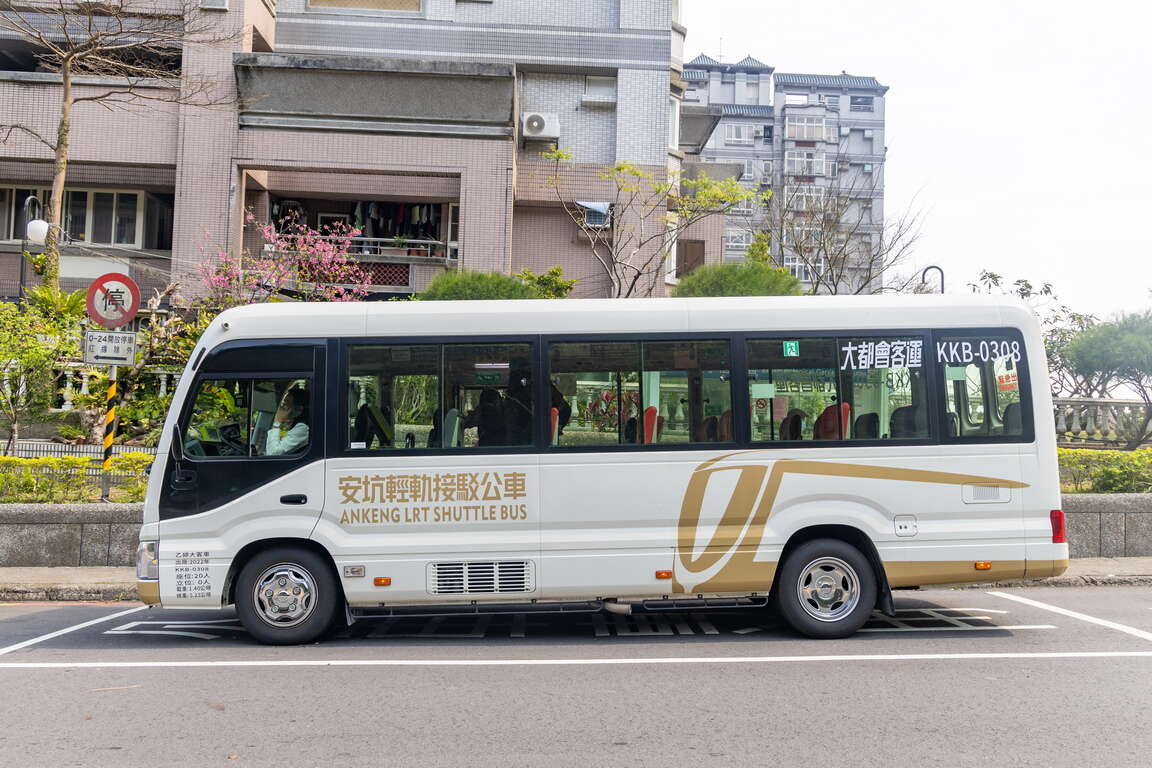
The Erbazi Botanical Garden, located on Ankeng's landmark “Tutangshan” (Tutan Mountain), is situated near several large mountain communities, including “Daguan Commmunity”, “Rose China Town” and “Taipei Xiaocheng”.
It is said that when the ancestors looked down from this high place, they saw the gentle contours of hills in the valley resembling the words of “eight” and “inverted eight”, which forms into “Two-Eight words” (“Erbazi”) together. This is the reason that this place is named Erbazi. The botanical garden covers a vast area of 150 hectares, providing a wide, open view with lush greenery.
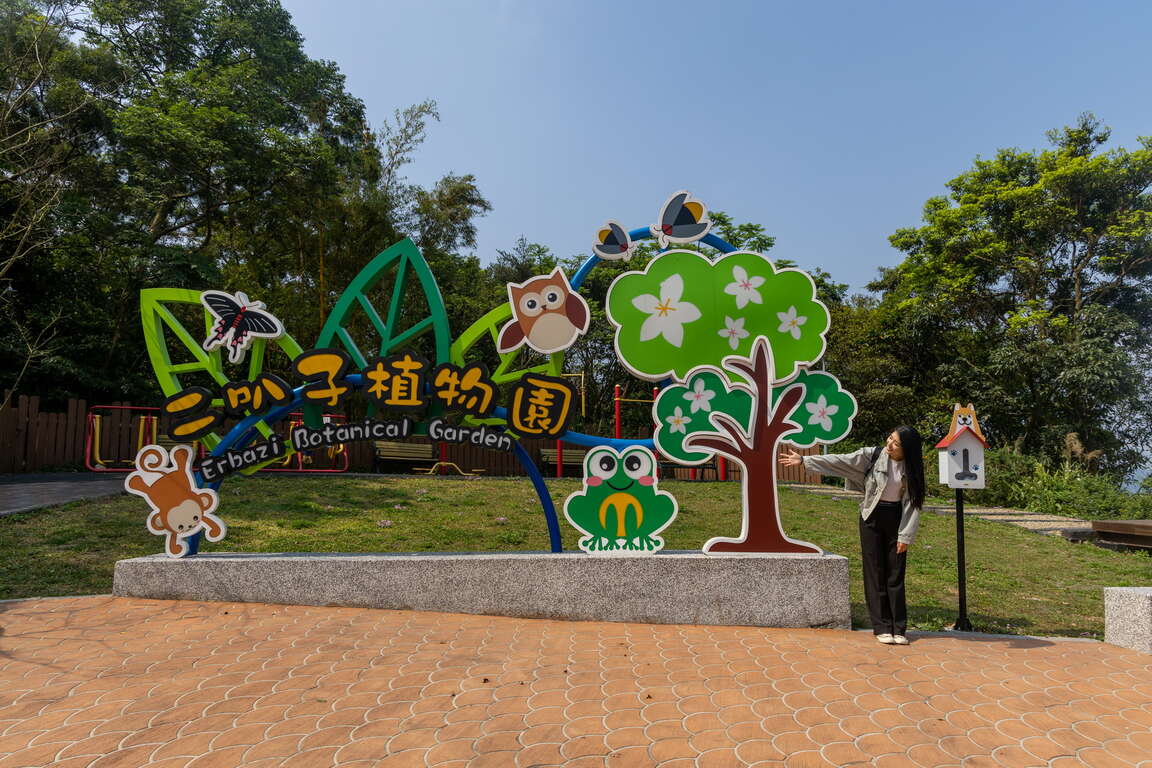
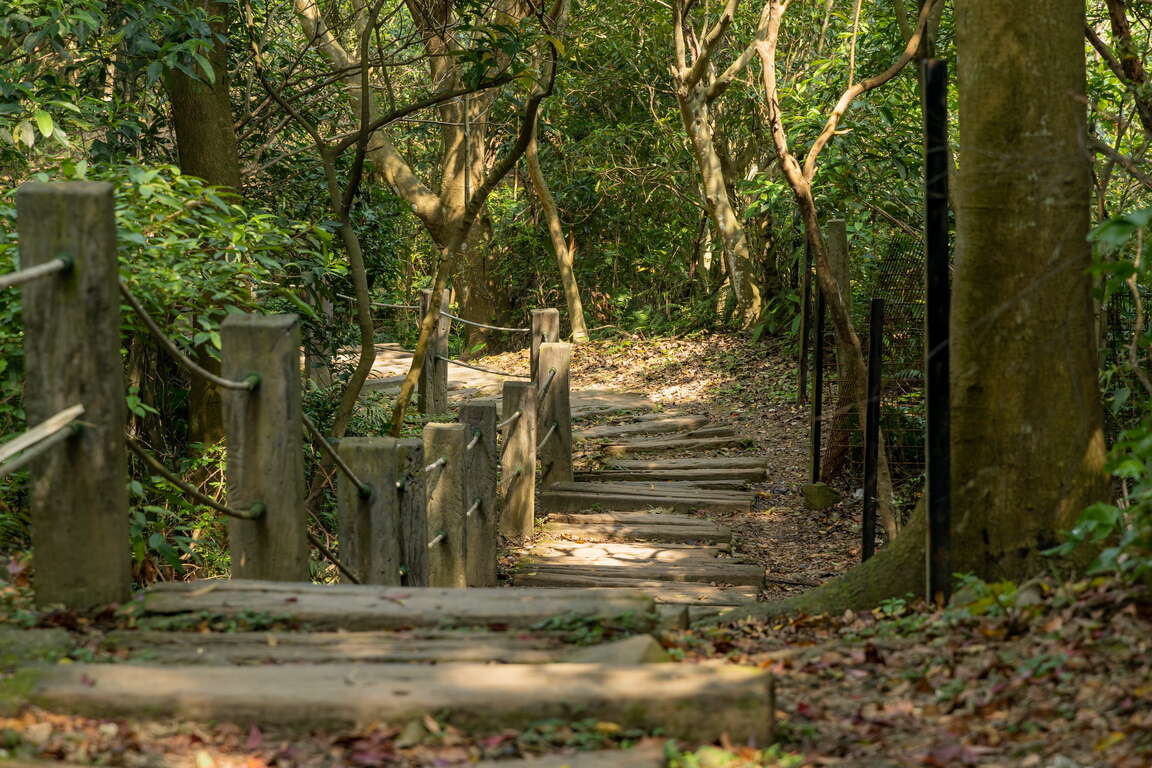
Erbazi Botanical Garden features a forest formation comprised of natural and secondary forests. The trails within the garden are gentle and suitable for all ages. They are also divided into paths for families, the Cherry Blossoms Trail, the Miscanthus Trail, the Selaginella Trail, the Psychotria Rubra Trail, the Tung Trail, the Butterfly Trail, and more. The trails are also equipped with detailed ecological information boards, enabling visitors to closely observe interesting plants such as “Meliosma rhoifolia Maxim” and “Common Schefflera”.
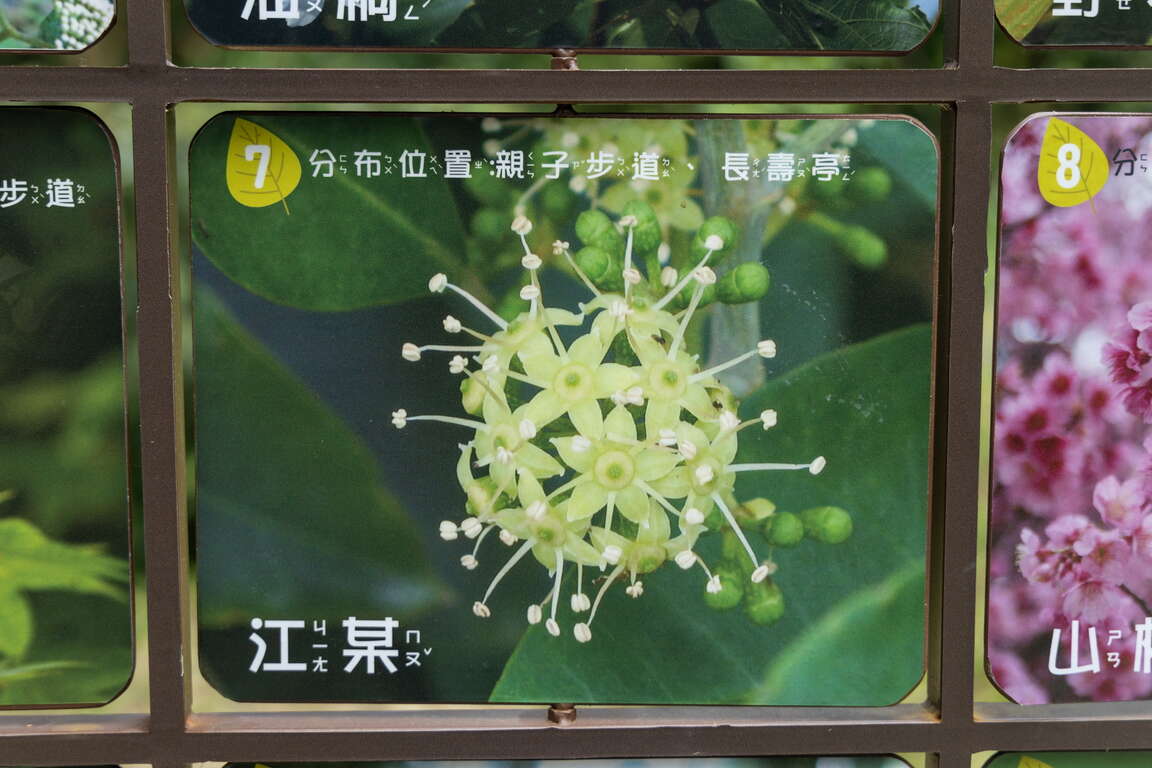
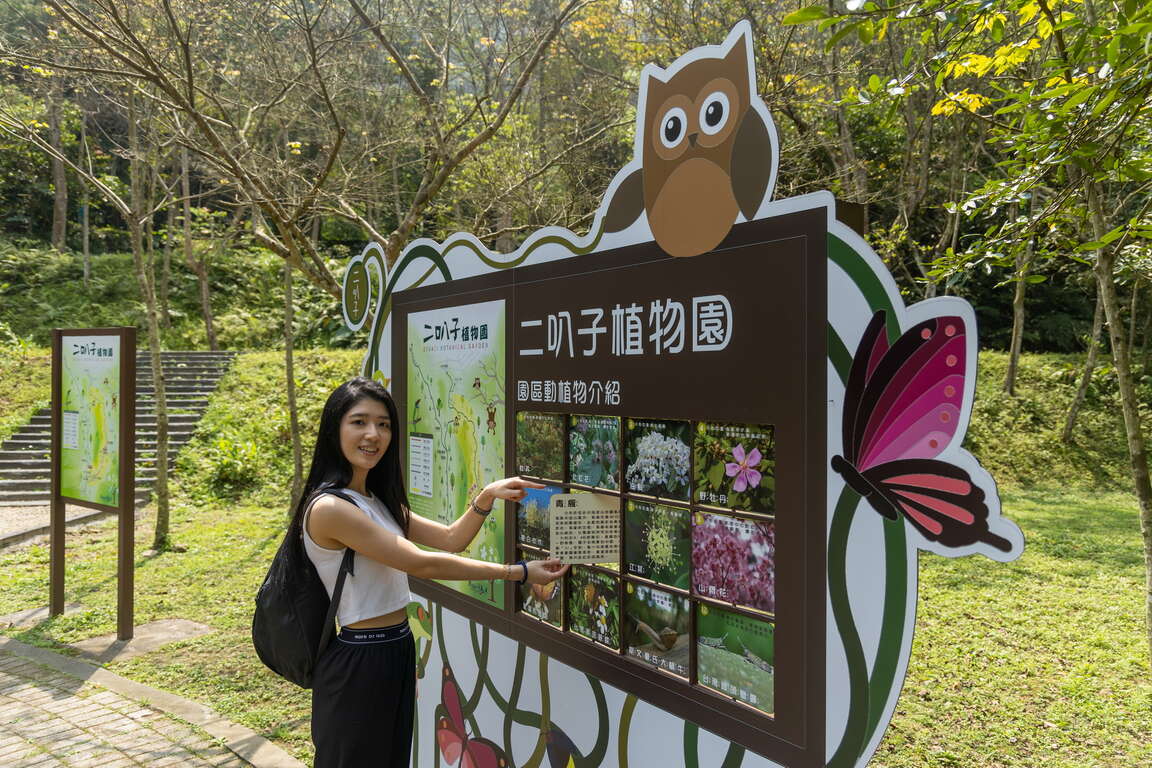
K6 Ankang Station: New Taipei City Weather Park (temporarily closed) and Hu Lien Former Residence Memorial
K6 Ankang Station is a major station on the Ankeng Light Rail and the most densely populated area in Ankeng. This is why, in addition to offering “full route service” from K1 to K9, the Ankeng Light Rail also provides “sectional service” from K6 Ankang Station to K9 Shisizhang Station, with peak-hour departures averaging just 7.5 minutes apart. Within the alleys around Ankang Station, you'll discover the recently launched New Taipei City Weather Park and the historic Hu Lien Former Residence Memorial. You can easily reach these scenic spots within a mere 10-minute ride on a public bicycle.
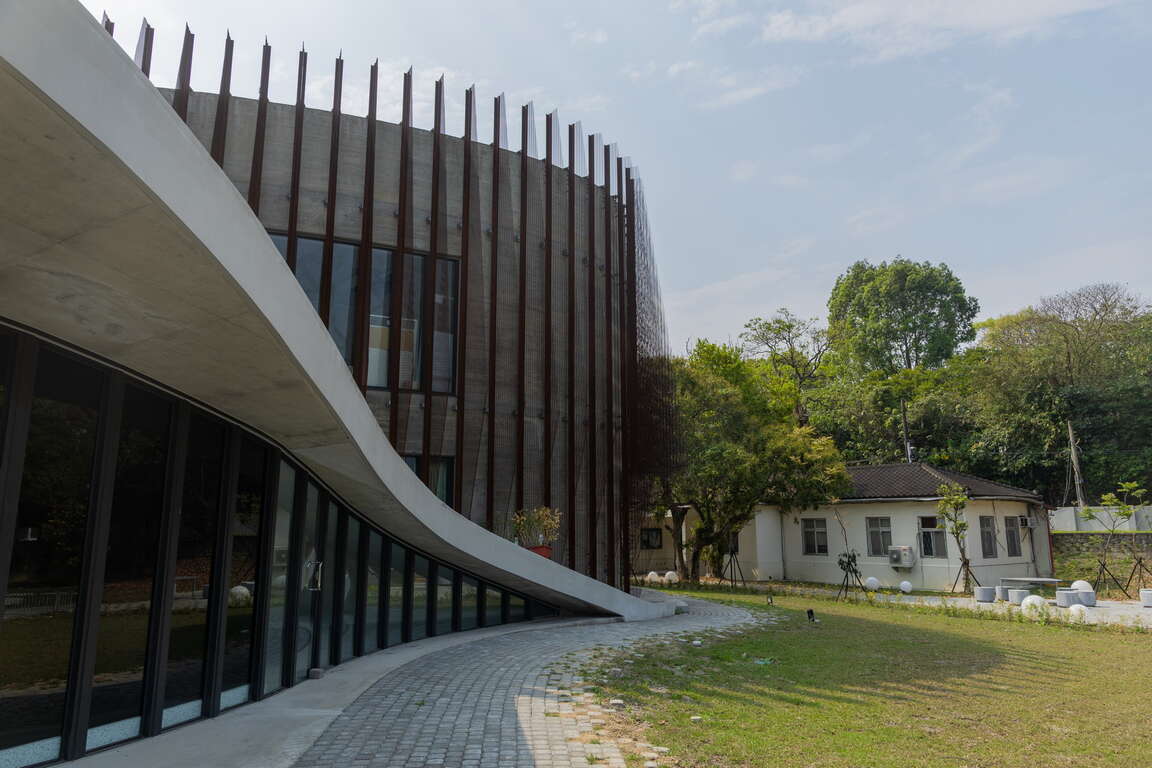
The three green buildings surrounded by over 300 energy-saving boards are respectively the New Taipei City Weather Station, Meteorological Instruments Center, and Wind Tunnel Laboratory. This is the New Taipei City Weather Park, which was officially launched in January 2023. The design featuring dynamic curving lines reflects the isobars on the weather map, symbolizing the interaction between buildings, much like the airflow resulting from the convergence of low and high-pressure systems. To allow people to experience the power of nature through architecture, the Greenland Park located at the intersection is equipped with the incredibly beautiful mirror selfie spot “Weather@New Taipei City”, which is also a new highlight in the Ankeng area.
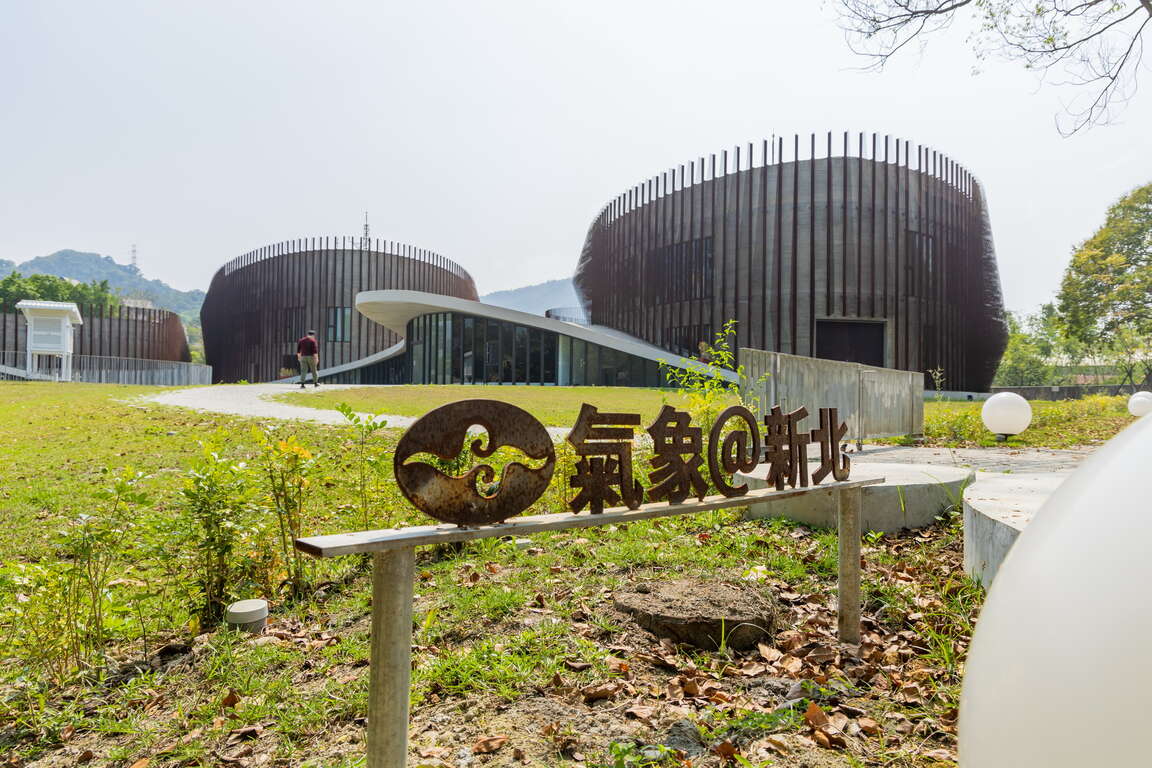
The graceful and beautiful curved architecture, along with the brown energy-saving boards, create an excellent photographic composition as you weave through the lines of the buildings. Following the upward spiral staircase leads you into an endless canvas of the blue sky, where every angle offers a unique scenery.
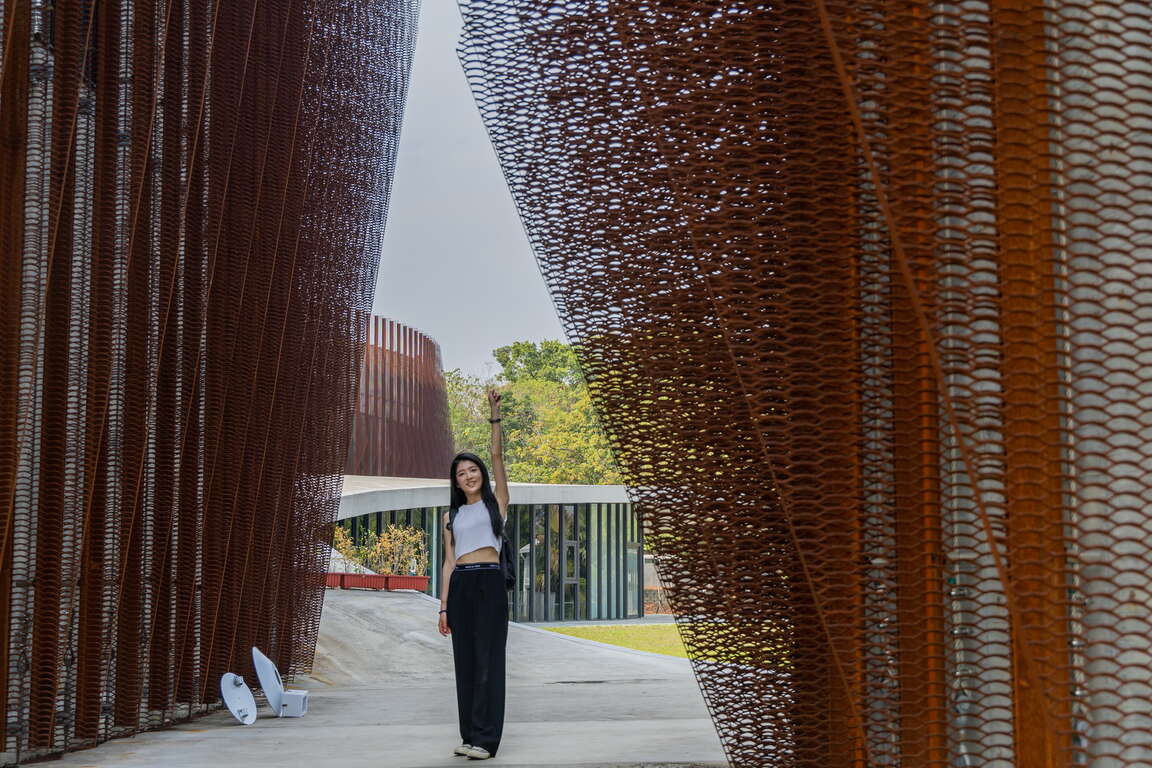

The Hu Lien Former Residence Memorial is the former residence of General Hu Lien, a renowned figure. Spanning 720 Ping, the Hu Lien Former Residence Memorial is a modernist-style building. However, it features a protruding fortification room on the western side and defensive gunports in the walls, carrying considerable historical and military significance. The garden of the Residence is adorned with four majestic hoop pines, symbolizing General Hu Lien's four-star military rank as a First-Class General in the Army. The Dragon Chinese Juniper (Juniperus chinensis L. var. kaizuka) represents General Hu Lien's style name “Po Yu”, showcasing the grandeur of the general's residence amidst its simplicity.
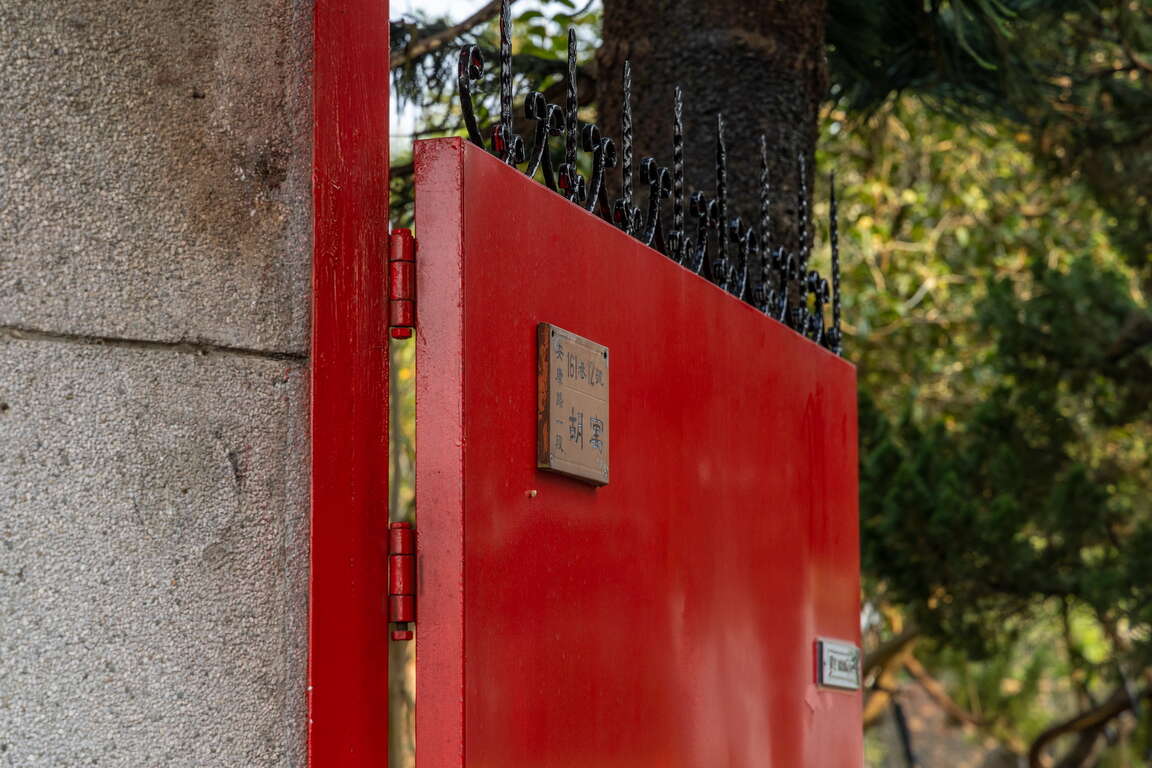
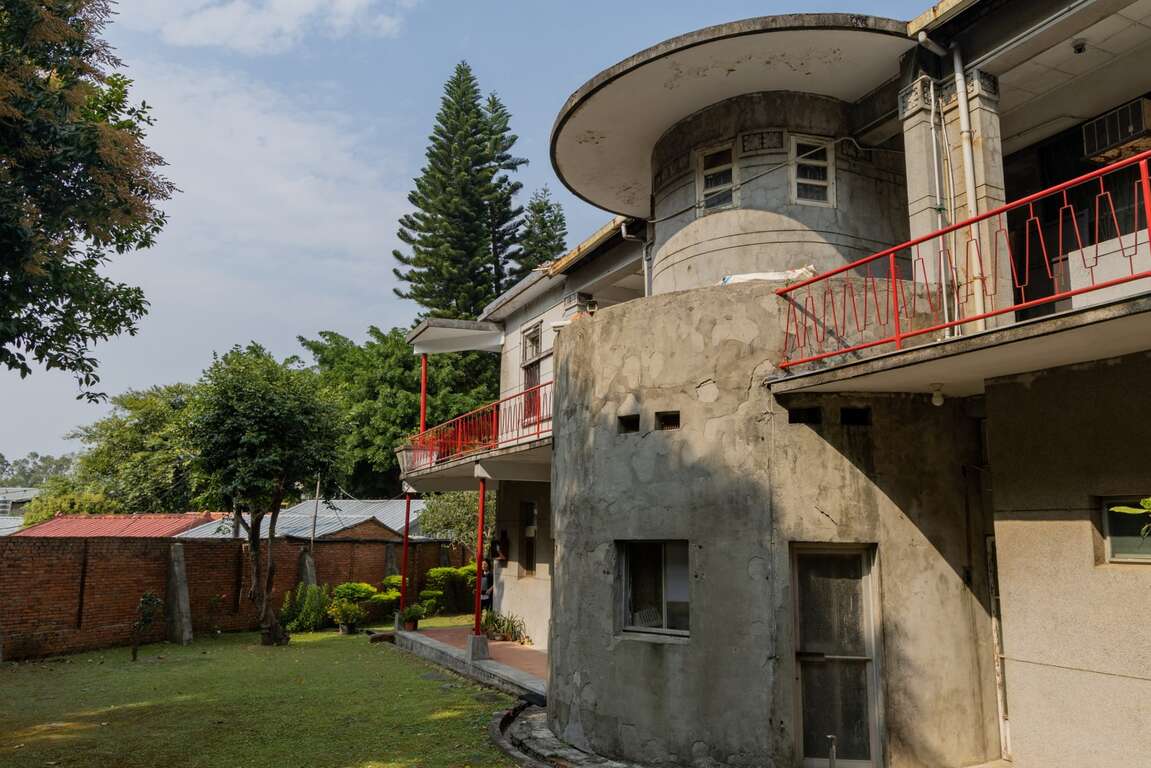
General Hu Lien served as the commander of the Twelfth Army Corps, the Commander of Kinmen Defense, and the Special Ambassador with Full Powers to the Republic of Vietnam; participated in the Second Sino-Japanese War, the Battle of Kuningtou, and the Second Taiwan Strait Crisis; and established the Kinmen Distillery. He was deeply beloved by the local residents of Kinmen.
At present, the Residence has opened its outdoor courtyard and the first-floor space. Inside, it showcases an array of historical artifacts from General Hu Lien's time in mainland China, Kinmen, and Vietnam. These artifacts include the honorary medals awarded to the General, paper currency exclusive to Kinmen, and European fine china used to entertain distinguished guests during his tenure as the Ambassador to Vietnam.
There are also treasured scrolls of calligraphy and painting, and several hanging paintings gifted by the renowned calligrapher Yu You-ren. It is an Ankeng historical and cultural treasure trove that should not be missed by friends who appreciate modern history.
👉As General Hu's descendants still reside within parts of the Residence, please visit the official website or FB Fanpage of the Hu Lien Former Residence Memorial to make a reservation when planning your visit to Ankeng!
